China was once considered the world's factory, with cheap and abundant labor. Factories in China could operate 24/7 to produce large quantities of goods for export around the world.
Many factories in China now operate in a completely different way. They still operate continuously around the clock, but inside the factories there are no longer workers present and no need for lighting systems at night.
Such factories are called "lightless factories" or "dark factories".
Lights-free factories powered by artificial intelligence, robots and advanced sensors are increasingly appearing, representing an evolution in manufacturing technology in China.
As of early 2025, China's light-free factories will be mainly used in high-tech fields such as electric vehicle manufacturing, electronics, etc.
How does a factory without lights work?
A blackout factory is a manufacturing facility where robots and machinery operate completely autonomously in all aspects without human intervention. These facilities can operate in the dark because the robots and automated machinery do not need light to work.

Robotic systems and automated machines can operate in the dark without lighting (Photo: TT).
While traditional factories require large enough infrastructure to provide a comfortable and safe working environment for workers, a lights-free factory can optimize space so that machinery can operate most efficiently.
The foundation of light-free factories is a system of robots and modern machinery, capable of performing assembly and product inspection processes... jobs previously performed by humans.
These robotic systems are equipped with modern sensors to operate without light and an artificial intelligence system that acts as a "brain" to help them operate most accurately, automatically adjusting the production line accordingly without human intervention.
AI systems can also help quickly detect defective products during the production process so that appropriate solutions can be found. According to reports, some factories without lights can produce 99.99% of products that meet standards because the machinery has been optimized to eliminate human errors.
The dark operation of a factory without lights (Video: Weibo).
The huge advantage of factories without lights
Tech giant Xiaomi is one of the first companies in China to build and develop a lights-free factory. The company has invested 2.4 billion yuan ($330 million) to build a 81,000-square-meter lights-free factory to produce its high-end phones, with a capacity of 10 million units per year.
In addition to Xiaomi, electric car maker Geely and many large companies in China are also building their own light-free factories.
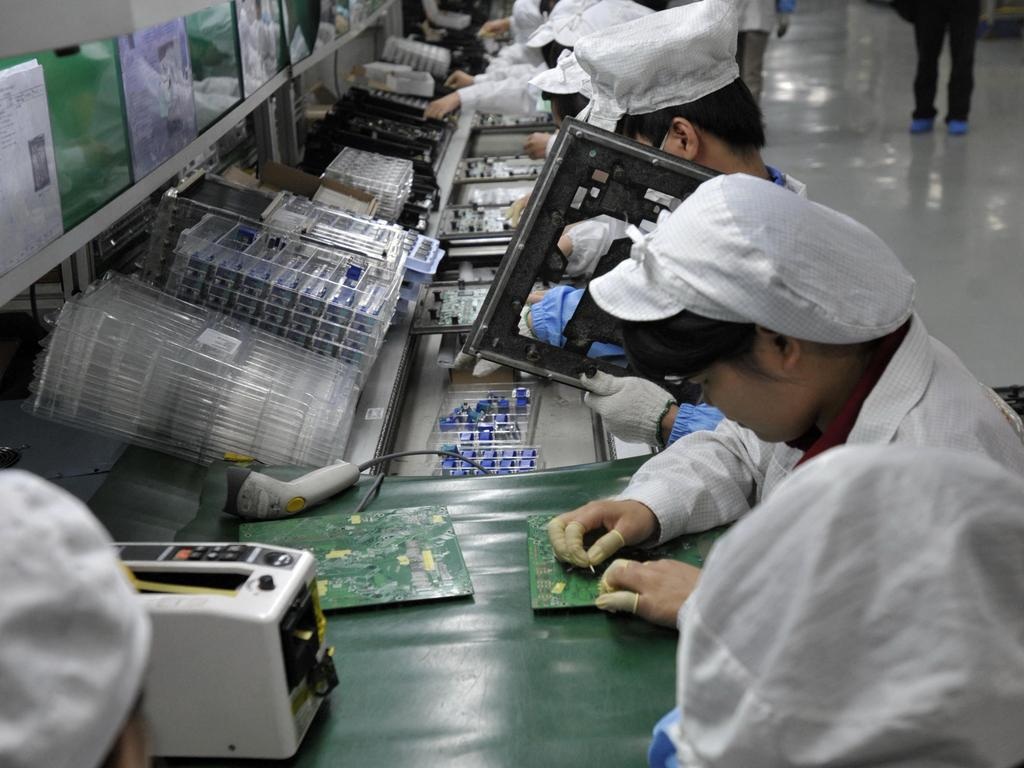
Automated systems can help minimize human errors in the production process (Photo: Getty).
The biggest advantage of lights-free factories is that automated robotic systems can eliminate human errors and ensure production quality. They can also operate continuously without the need for breaks, shifts, or holidays that human workers require.
Not needing lighting, ventilation or heating systems also helps these factories save 15 to 20% energy compared to traditional factories.
Controlled and enclosed workspaces with no human access also help create a super clean environment, which plays an important role in the production of electronic devices.
China shows superiority in robotics and automation technology
While American technology companies focus on building advanced AI software systems, Chinese companies focus on developing robots and machinery systems with a high level of automation.
In 2022 alone, China applied more than 290,000 robots to industrial production, accounting for 52% of the total number of industrial production robots worldwide, surpassing both the US and Japan.
By 2023, the ratio of industrial manufacturing robots in China will be 392 per 10,000 workers, far exceeding the global average of 141 per 10,000 workers.
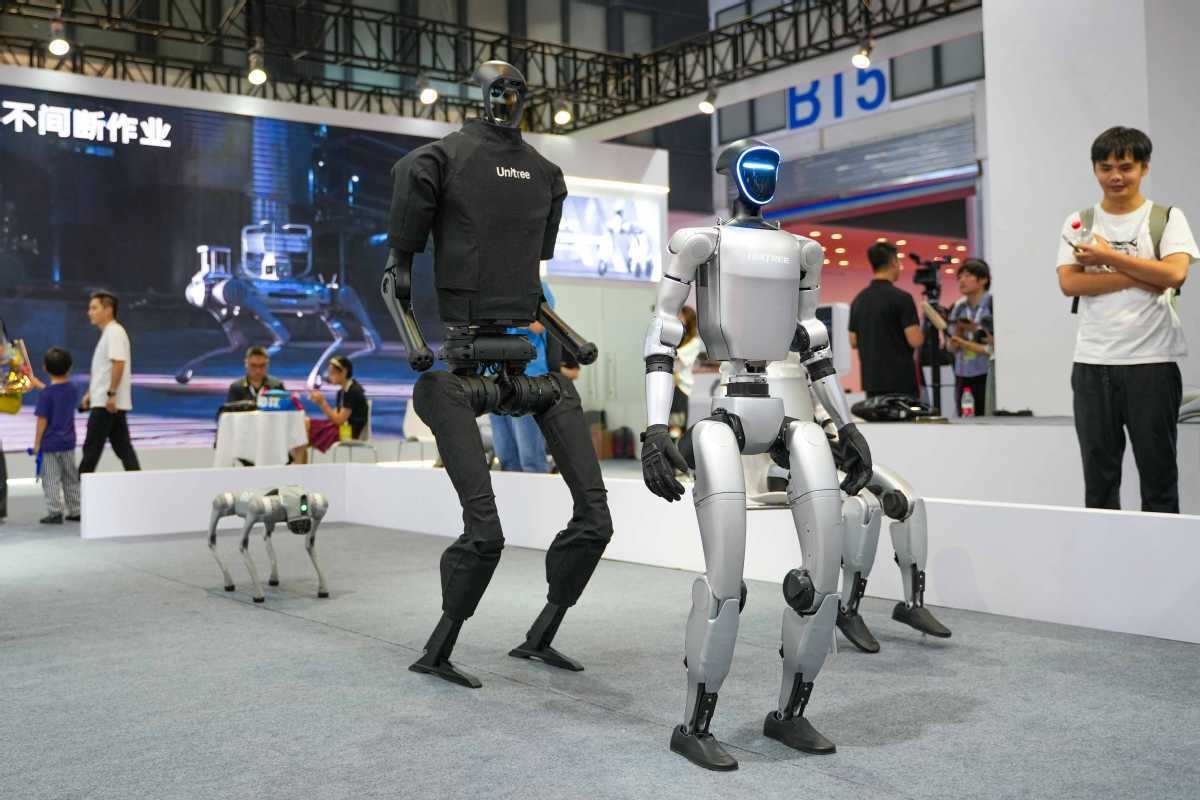
China is outperforming the rest of the world in the race to develop robots (Photo: Chinadaily).
The "Made in China 2025" initiative launched in 2015 has played a key role in accelerating automation in China.
The Chinese government has invested about $1.4 billion in 2023 to research and develop robots and automated machinery. This strategy helps transform China from a "global factory" thanks to its low labor costs into a high-tech manufacturing powerhouse.
This strategy is driven by rising labor costs and an aging workforce, and China is also facing competition from other low-cost labor markets.
In addition, the use of machinery and automated systems also fits with China's 2026 carbon neutrality goal, as lights-free factories will help save energy consumption and reduce emissions during the production process.
Lights-out factories raise unemployment concerns
While factories using robots and automated machinery bring many benefits in terms of productivity and efficiency, this automation revolution also raises concerns about rising unemployment in China.
According to the World Economic Forum’s Future of Jobs 2024 Report, experts predict that 23% of workers will be affected by artificial intelligence in the coming years. The report also said that advances in technology and digitalization are gradually leading to a downturn in the labor market in China.
The race to develop AI is likened to the nuclear arms race.
Speaking at the 2024 Artificial Intelligence Summit in Seoul, South Korea, computer scientist Max Tegmark stressed the urgent need for strict regulation in controlling AI systems before it is too late.
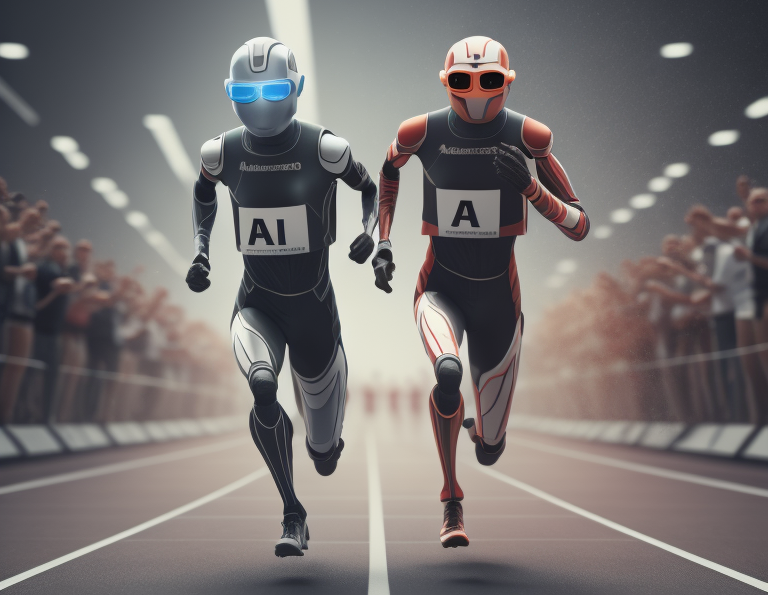
The race to develop AI among the superpowers is causing concern that AI will go beyond human control (Photo: AI).
Max Tegmark argues that once humans create AI systems that can pass the "Turing test," meaning that AI has intelligent behavior equivalent to or indistinguishable from humans, then humanity will be at risk of losing control of AI systems.
"In 1942, Enrico Fermi built the first nuclear reactor with a self-sustaining nuclear chain reaction. Leading physicists at the time were terrified, because they realized that the biggest barrier to developing a nuclear bomb had been overcome. Sure enough, three years later the atomic bomb appeared," shared Max Tegmark.
"AI models that can pass the Turing test are a warning to humanity about the possibility of AI getting out of control," Max Tegmark added, comparing the race to develop AI to the previous nuclear arms race.
Before Max Tegmark, many leading experts in the field of AI have also expressed concerns about the possibility that humans cannot control AI, which could lead to a threat to the existence of humanity.
The Turing test is a method proposed by British computer scientist Alan Turing in 1950 to assess a computer's ability to exhibit intelligent behavior that is equivalent to or indistinguishable from that of a human.
The Turing test was formulated and focuses on the question: "Can machines think?"
Simply put, to administer the test, an evaluator will communicate with a computer and a human through text, asking questions or having conversations, but they do not know who they are communicating with.
An anonymous person will provide answers and communicate with the evaluator. The computer will do the same and try to give the most natural answers possible.
When the evaluator cannot distinguish between the computer's answer and the human's answer, the computer system has passed the test.
Source: https://dantri.com.vn/cong-nghe/cac-nha-may-khong-cong-nhan-khong-anh-den-tai-trung-quoc-20250416161914536.htm


![[Photo] Prime Minister Pham Minh Chinh starts construction of vital highway through Thai Binh and Nam Dinh](https://vphoto.vietnam.vn/thumb/1200x675/vietnam/resource/IMAGE/2025/5/12/52d98584ccea4c8dbf7c7f7484433af5)
![[Photo] Prime Minister Pham Minh Chinh works with the Standing Committee of Thai Binh Provincial Party Committee](https://vphoto.vietnam.vn/thumb/1200x675/vietnam/resource/IMAGE/2025/5/12/f514ab990c544e05a446f77bba59c7d1)


![[Photo] Prime Minister Pham Minh Chinh receives Swedish Minister of International Development Cooperation and Foreign Trade](https://vphoto.vietnam.vn/thumb/1200x675/vietnam/resource/IMAGE/2025/5/12/ae50d0bb57584fd1bbe1cd77d9ad6d97)



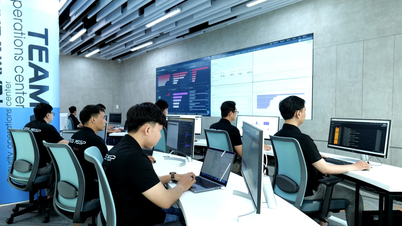





























































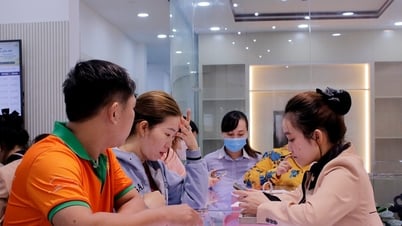





















Comment (0)